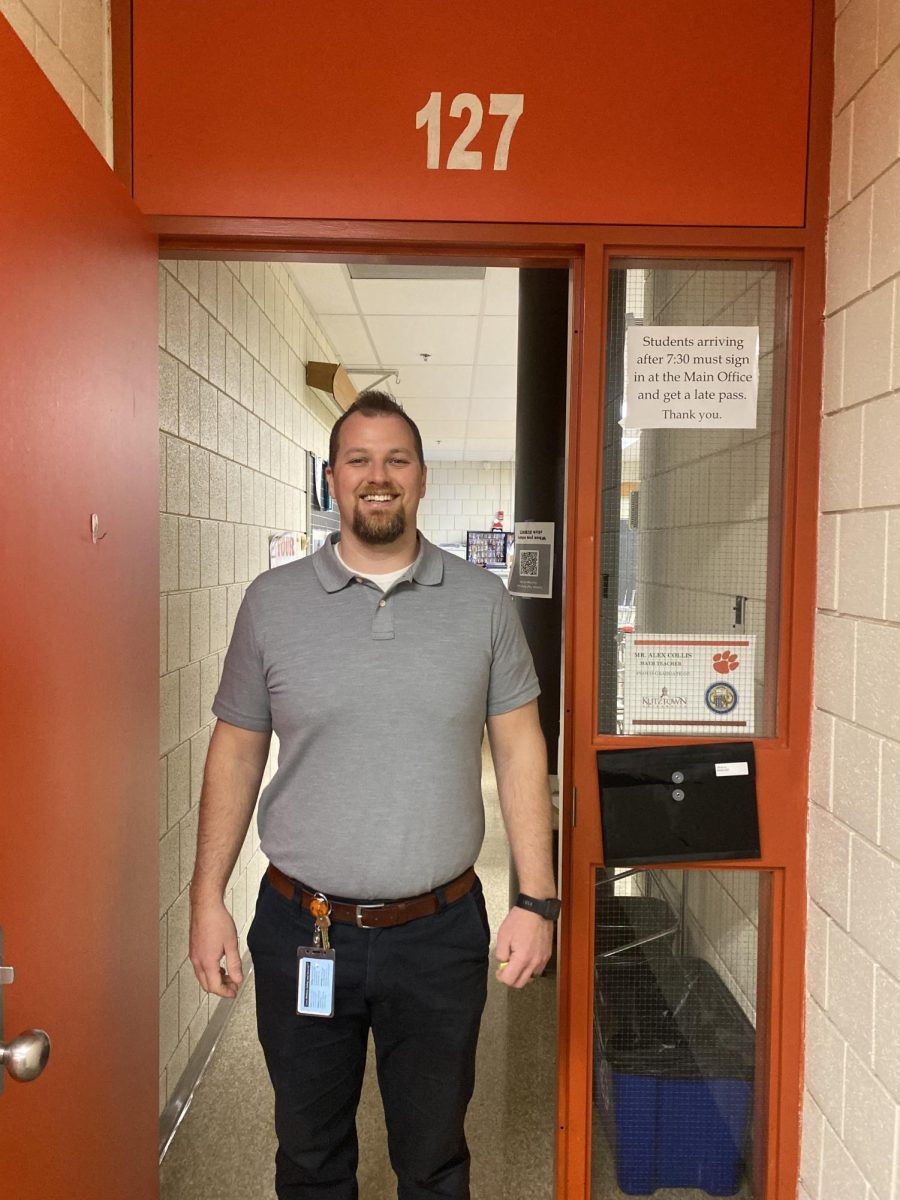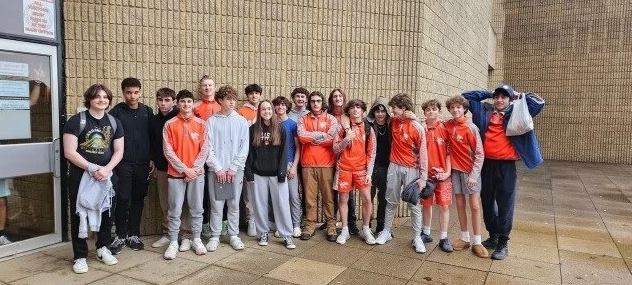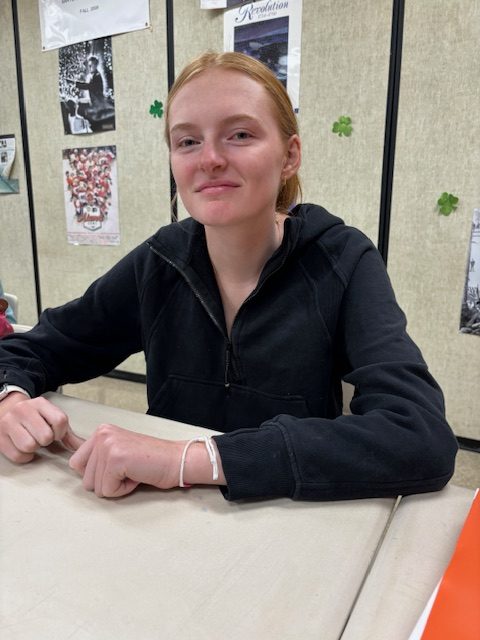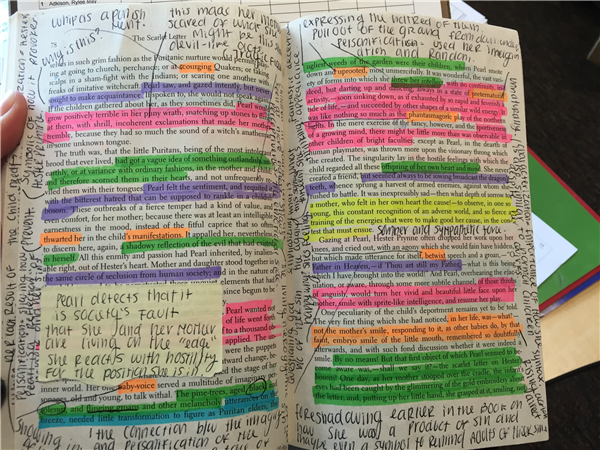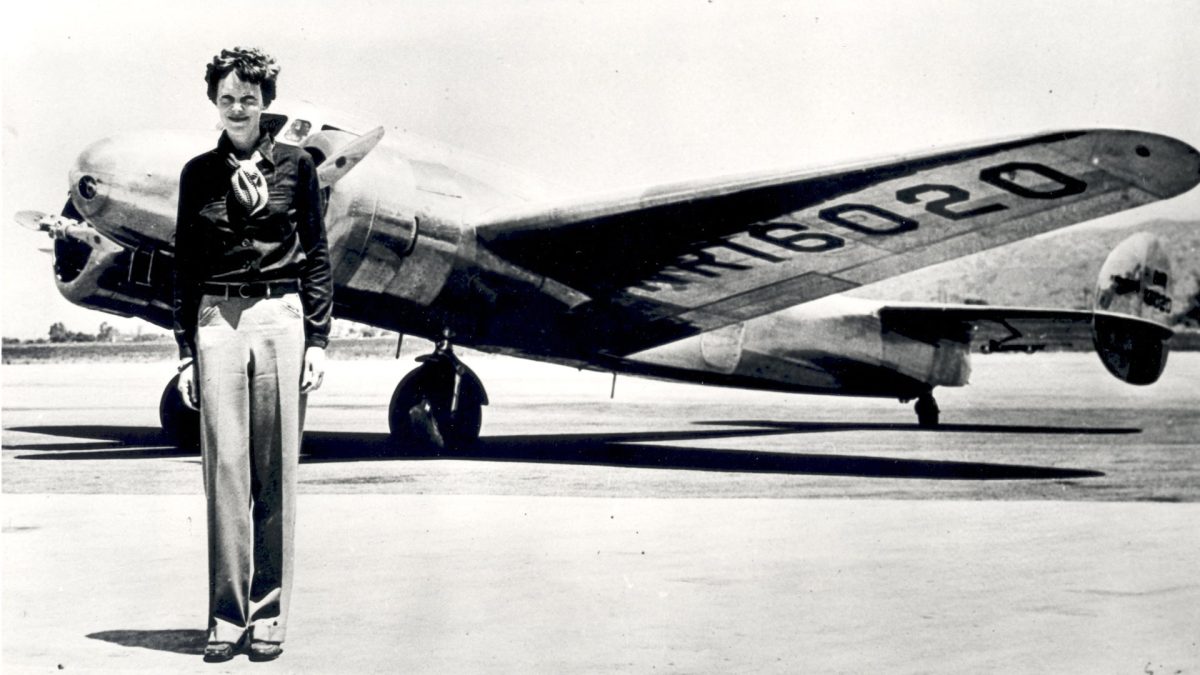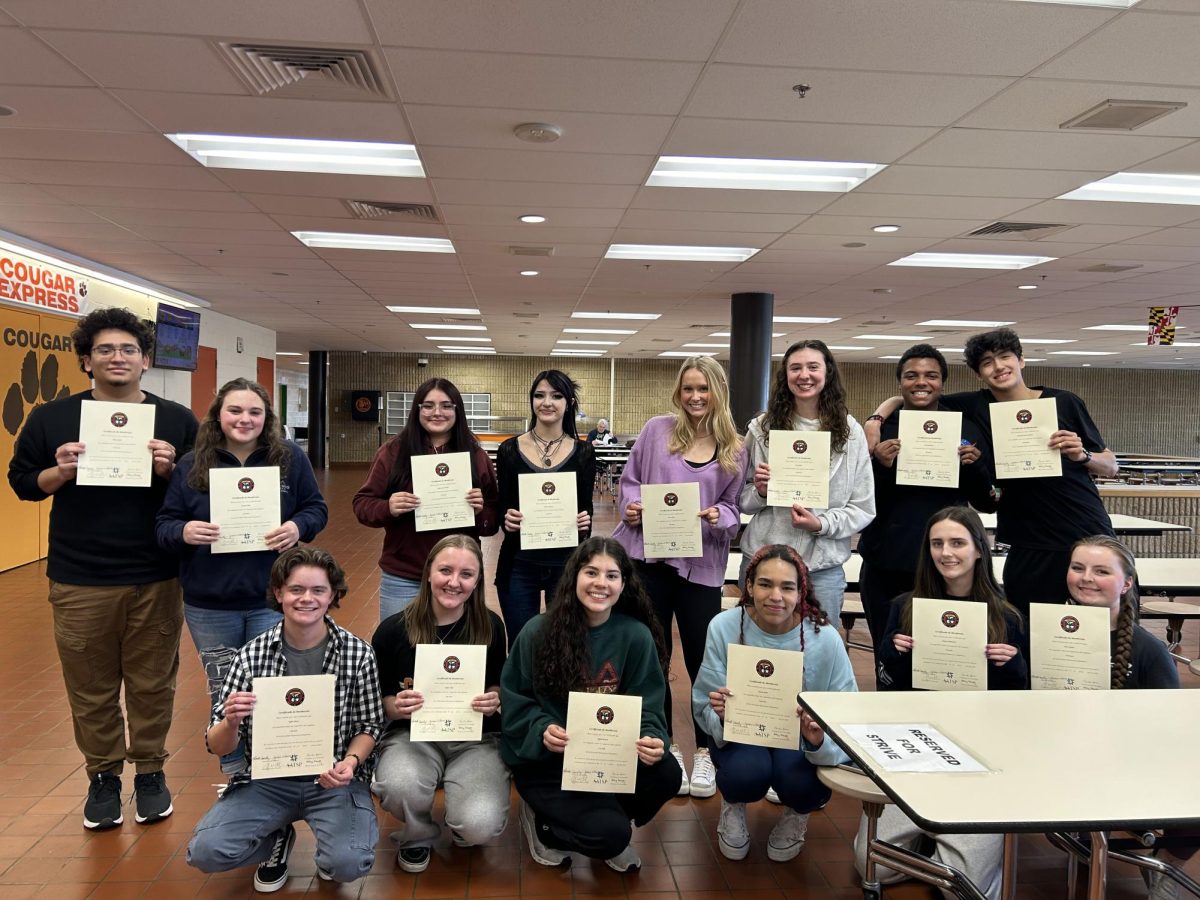Amelia Earhart, known best as the first female to fly solo across the Atlantic Ocean, has been a role model for young girls and a talking point for conspiracy theory lovers for decades. Her mysterious disappearance in 1937 has only been that: a mystery. That is, until Tony Romeo may have stumbled upon the remnants of her plane just a few weeks ago.
Earhart, a trailblazer for not only women aviators, but aviators in general, had set out on her final flight before she retired for good, taking on a feat of travels around the world. However, the flight was never completed, and nobody knew for certain what had happened to Earhart and her navigator, Fred Noonan, though most experts agree the most likely ran out of fuel and crashed. There was no evidence of the plane or of Earhart and Noonan to be found. The last anyone had heard of their whereabouts was that they were headed to Howland Island after setting off from Lae in Papua New Guinea. The U.S. Naval Aviation took 10 days to search the suspected area of the crash, and came up with nothing, so both Earhart and Noonan were declared legally dead January 5, 1939.
Her cause of death appeared to be a cold case until a few weeks ago when Tony Romeo, CEO of Deep Sea Vision, and former Air Force intelligence officer, discovered debris suspected to be from Earhart’s fatal crash using sonar technology. First detections were just blurry shapes, but could easily be made out as an aircraft, as well as having distinctive features of a plane from that era. Romeo is now trying to come up with a plan and funds on how to excavate the aircraft from the Pacific.
It’s fascinating how a mystery from 87 years ago has the possibility to be solved with the use of new technology. Sonar detection and other resources used for underwater searches has really stepped up the game for explorers and scientists.




